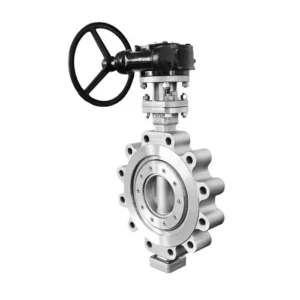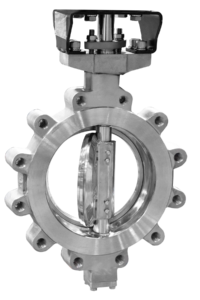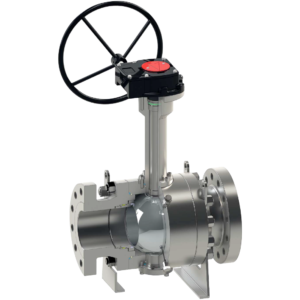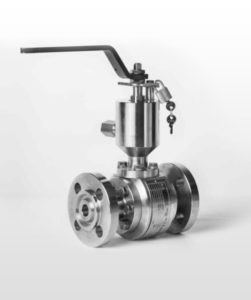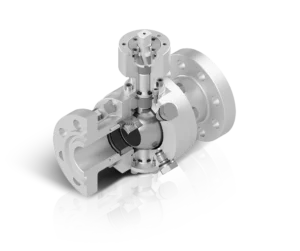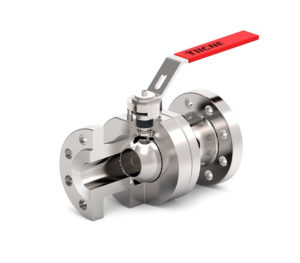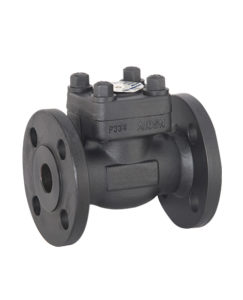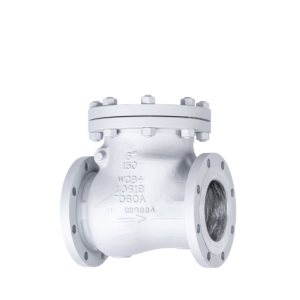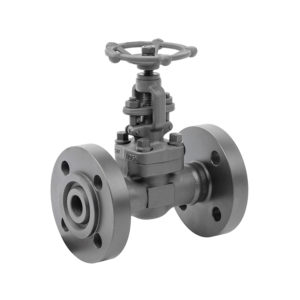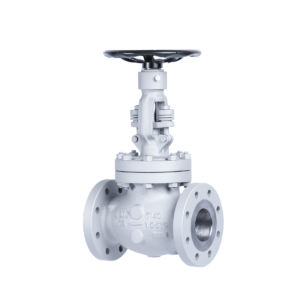About
Hydrocracking (HC) is one of the most efficient secondary refining processes. The process is flexible and makes it possible to obtain a wide range of high-quality petroleum products from virtually any petroleum feedstock.
Process features
High temperatures (up to +425C)
High pressures (up to 17 MPa)
It is a very flexible process. Hydrocracking is characterized by a wide variety of technologies:
1. On the feedstock: Hydrocracking of gasoline fractions; Selective hydrocracking of gasoline, jet and diesel fuels; Hydrodearomatization of straight-run kerosene fractions and catalytic cracking gas oils; Light hydrocracking of vacuum gas oils; Hydrocracking of vacuum distillates; Hydrocracking of oil residues
2. According to the pressure of the process: High pressure hydrocracking; “Soft” hydrocracking
3. By conducting of process in reactor: In stationary catalyst bed; In three-phase fluidized bed with periodic replacement of catalyst portions
4. According to technological schemes: One-stage; One-stage with residue recirculation; Two-stage

